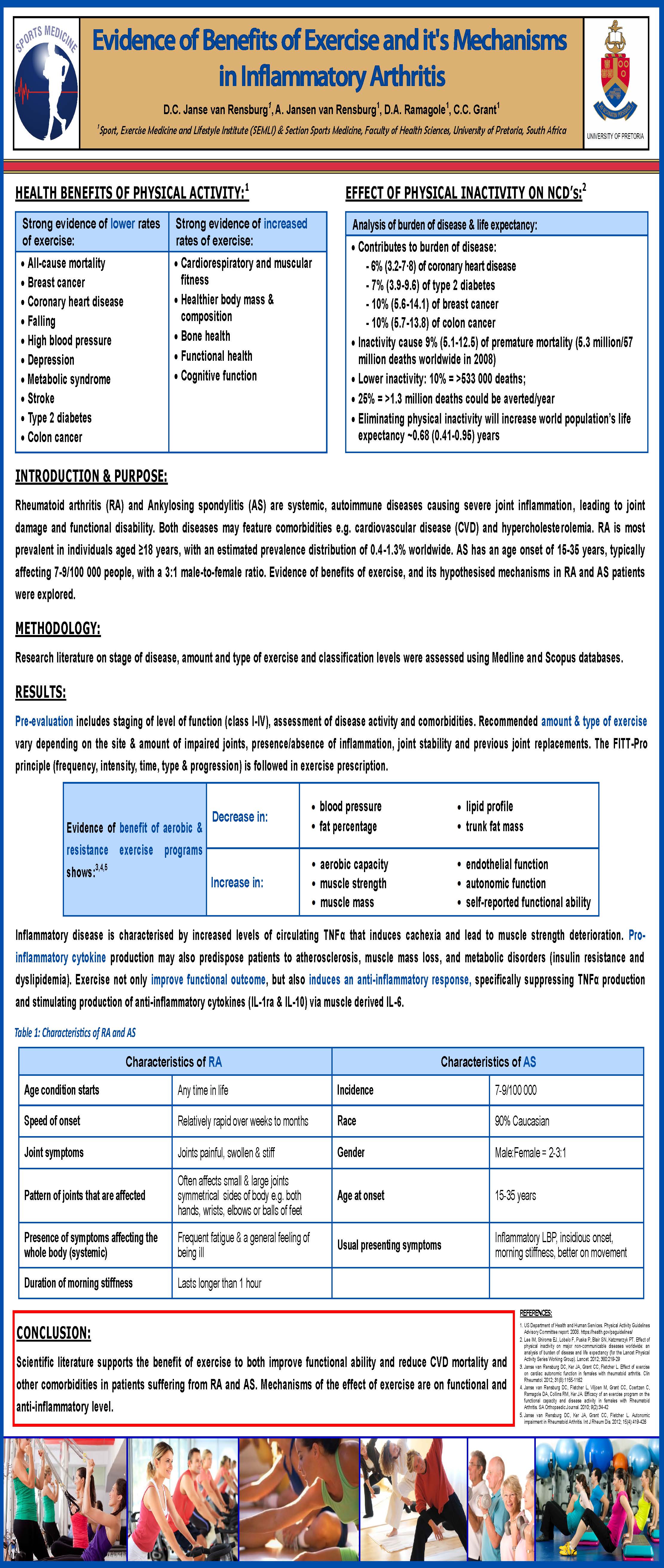Posterior Vitreous Detachment And Exercise
Posterior Vitreous Detachment And Exercise. And the subsequent loss of vision. Many doctors recommend a "no exercise" period after a PVD to decrease the risk of retinal tear and retinal detachment.

It is very common and most of us will develop it at some point in our lives.
Additional risk factors for PVD include myopia (nearsighted- ness), trauma, and recent eye surgery such as a cataract operation.
This is the time when the retina is most at risk for detachment. Though vitreous detachment is considered a normal aging change, it sometimes can lead to serious eye problems. Posterior vitreous detachment usually isn't dangerous to your vision, but it can cause stress and complications that.
Rating: 100% based on 788 ratings. 5 user reviews.
Nathan Coles
Thank you for reading this blog. If you have any query or suggestion please free leave a comment below.








0 Response to "Posterior Vitreous Detachment And Exercise"
Post a Comment